Colombo National Museum: A Journey Through Sri Lanka’s History
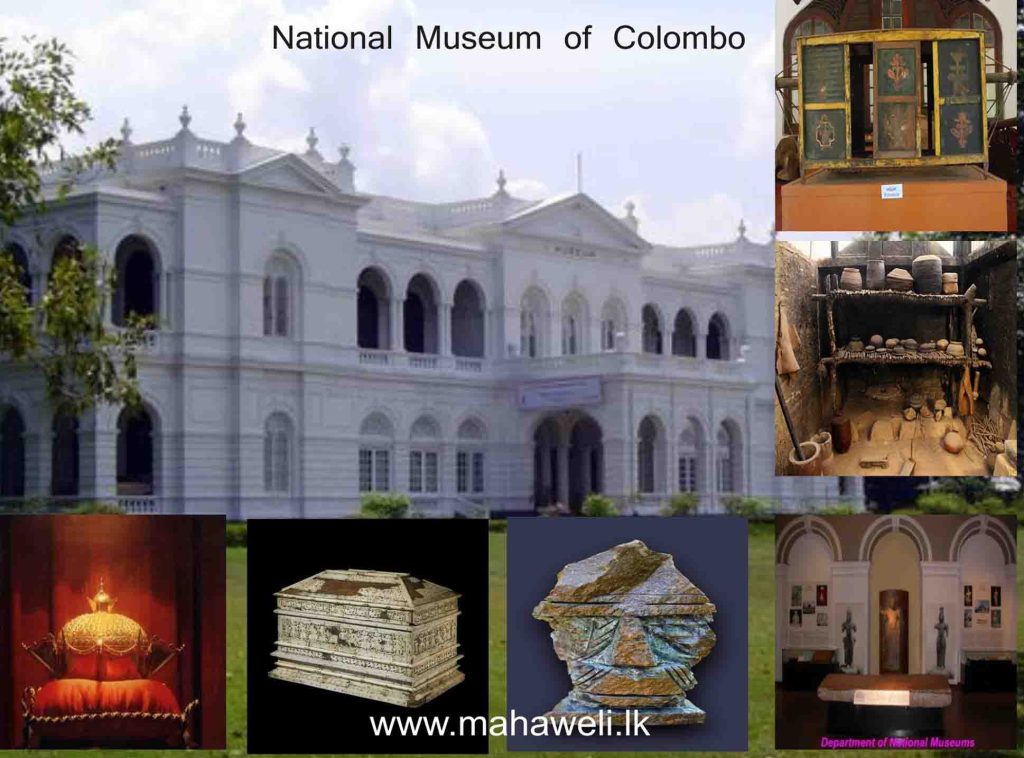
Colombo National Museum is a treasure trove of Sri Lanka’s rich heritage, offering visitors a captivating glimpse into the island nation’s past. Whether you’re a local or a foreign traveler, this iconic museum is a must-visit destination. . Why Visit the Colombo National Museum? Discover Sri Lanka’s History:Immerse yourself in the fascinating history of Sri […]
Sri Singama Kali Amman Kovil: A Hindu Haven in Negombo
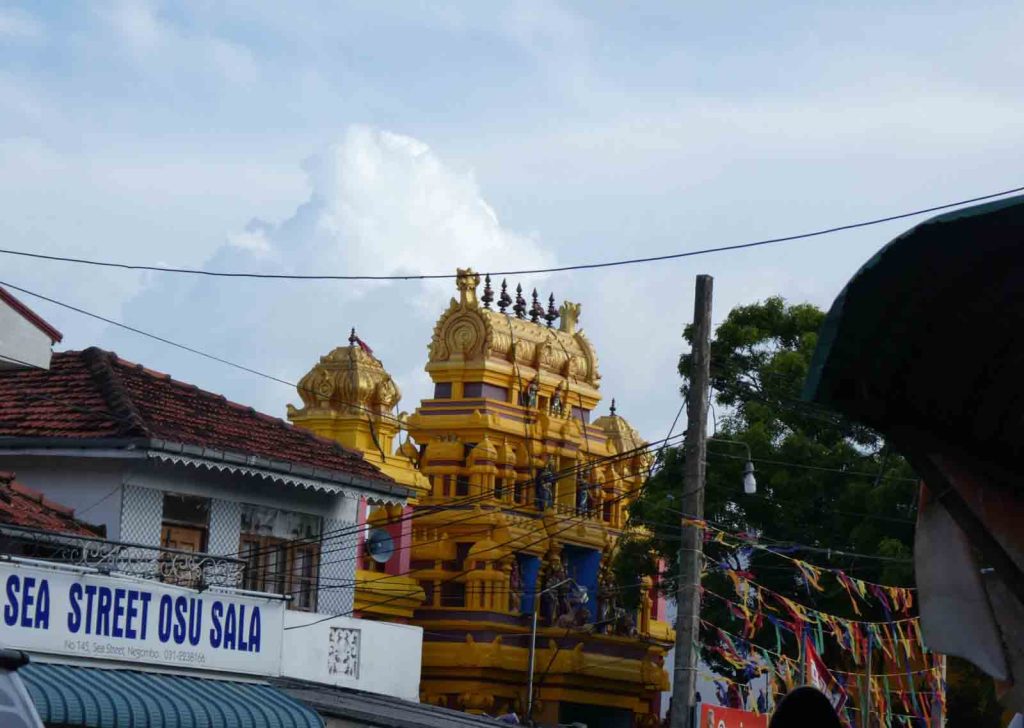
Nestled amidst the vibrant tapestry of Negombo, Sri Lanka, Sri Singama Kali Amman Kovil stands as a testament to the country’s rich Hindu heritage. This revered temple dedicated to Goddess Kali offers a captivating blend of spirituality, culture, and architectural beauty, attracting devotees and curious travelers alike. . Location and Accessibility Sri Singama Kali Amman […]
Angurukaramulla Temple: A Peaceful Oasis in Negombo

Nestled amidst lush greenery in Negombo, Sri Lanka, Angurukaramulla Temple stands as a serene and spiritual retreat. This ancient Buddhist temple offers a tranquil escape from the bustling city life, inviting visitors to immerse themselves in the rich cultural heritage of the region. . Why Visit Angurukaramulla Temple? Spiritual Serenity: The temple’s serene ambiance and […]
St. Mary’s Church in Negombo: A Historical Gem in Sri Lanka

Negombo, a coastal town in Sri Lanka, is renowned for its pristine beaches, vibrant culture, and rich history. One of the most iconic landmarks in the region is St. Mary’s Church, a magnificent edifice that stands as a testament to the town’s colonial past and religious diversity. . A Brief History St. Mary’s Church was […]
Muthurajawela Marsh: A Hidden Gem in Negombo
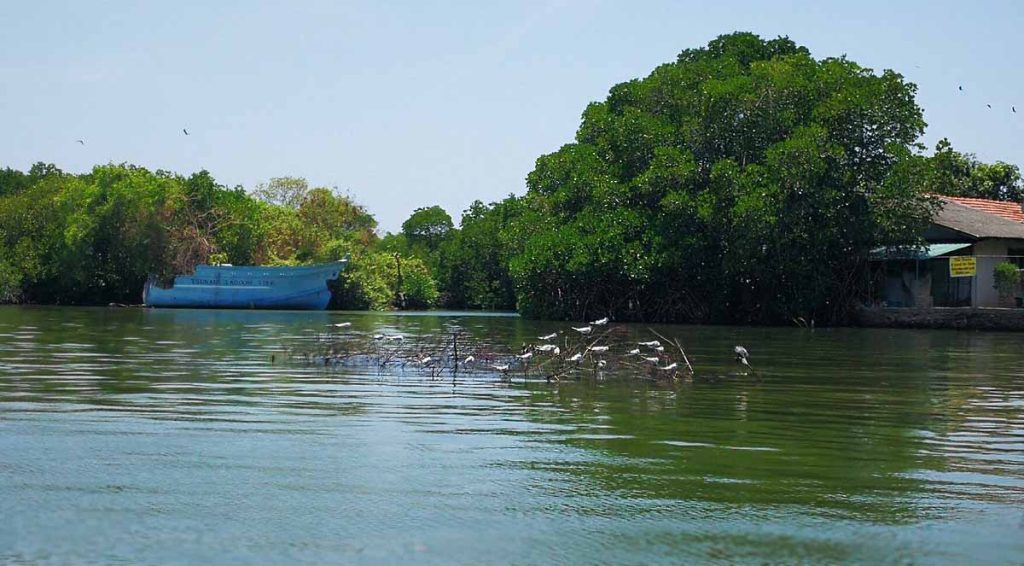
Imagine a world where the serene beauty of nature blends seamlessly with the vibrant culture of a bustling city. This is Muthurajawela Marsh, a hidden gem nestled just a stone’s throw away from the bustling Negombo town in Sri Lanka. It is the southern region of the Negombo Lagoon which is situated 30km away from […]
Negombo Beach in Sri Lanka: A Tropical Paradise
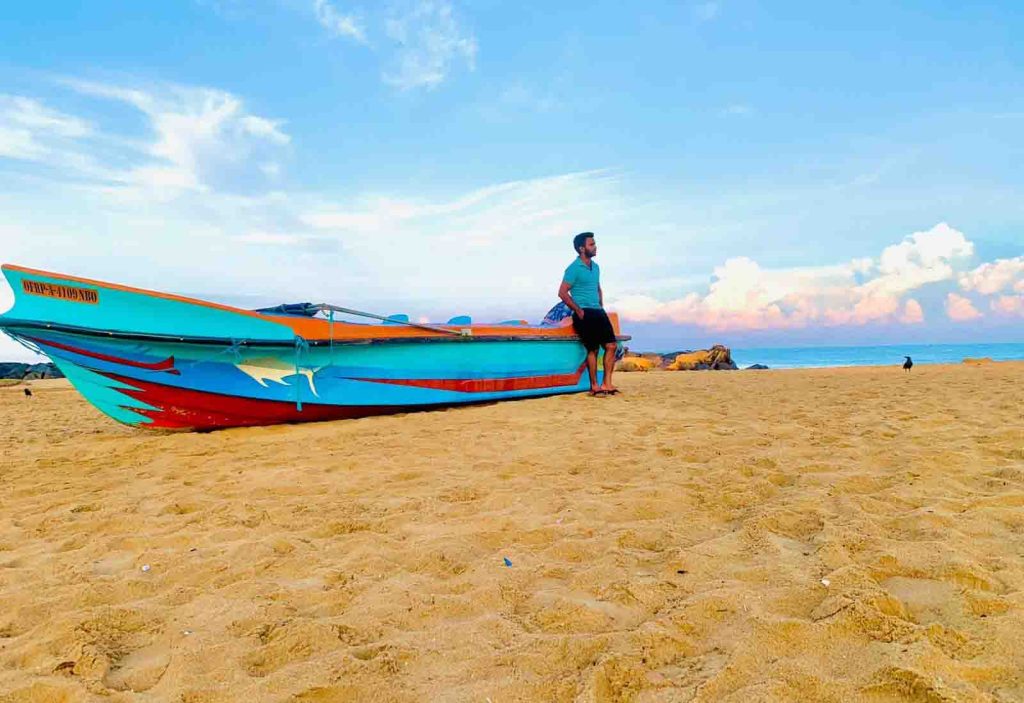
Negombo, a coastal town just north of Colombo, Sri Lanka, is renowned for its picturesque beaches, rich history, and vibrant culture. Negombo Beach, the town’s crown jewel, stretches for several kilometers along the Indian Ocean, offering a serene escape for travelers seeking relaxation and adventure. . Why Visit Negombo Beach? Tranquil Ambiance: Negombo Beach boasts […]
Negombo Fort: A Historical Gem in Sri Lanka
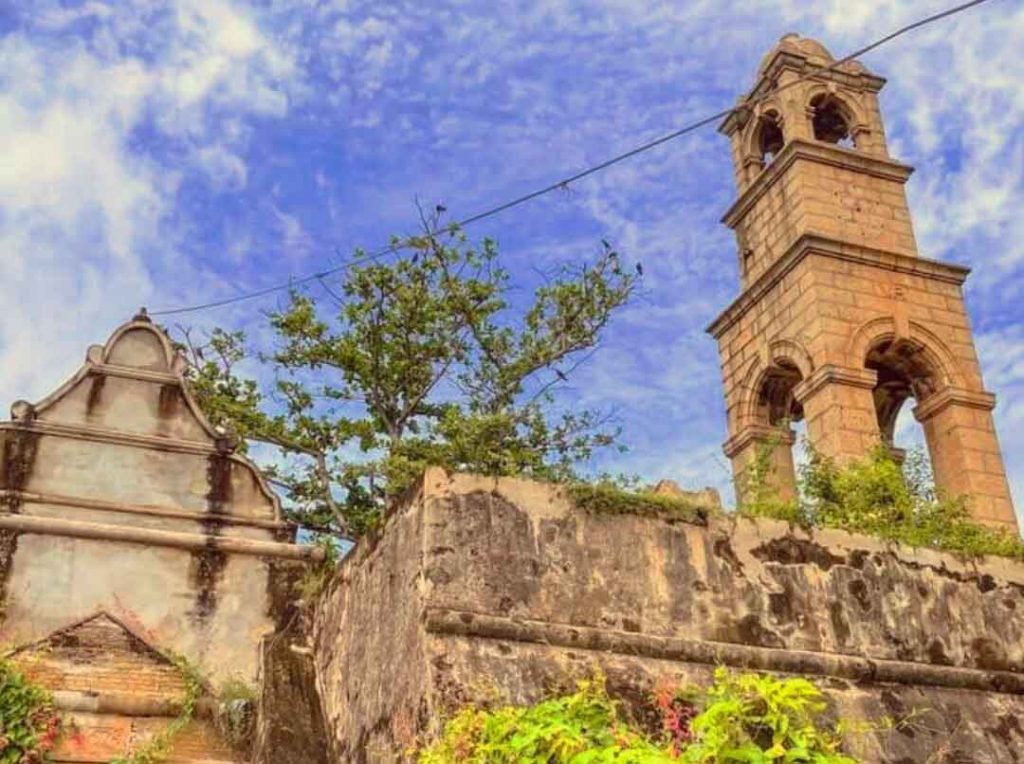
Negombo, a coastal town renowned for its pristine beaches and vibrant atmosphere, is also home to a fascinating piece of history: the Negombo Fort. This imposing structure, overlooking the Indian Ocean, offers a glimpse into the island nation’s rich past. With its strategic location and historical significance, Negombo Fort is a must-visit destination for tourists […]
Dhowa Rock Temple: A Hidden Gem in Ella
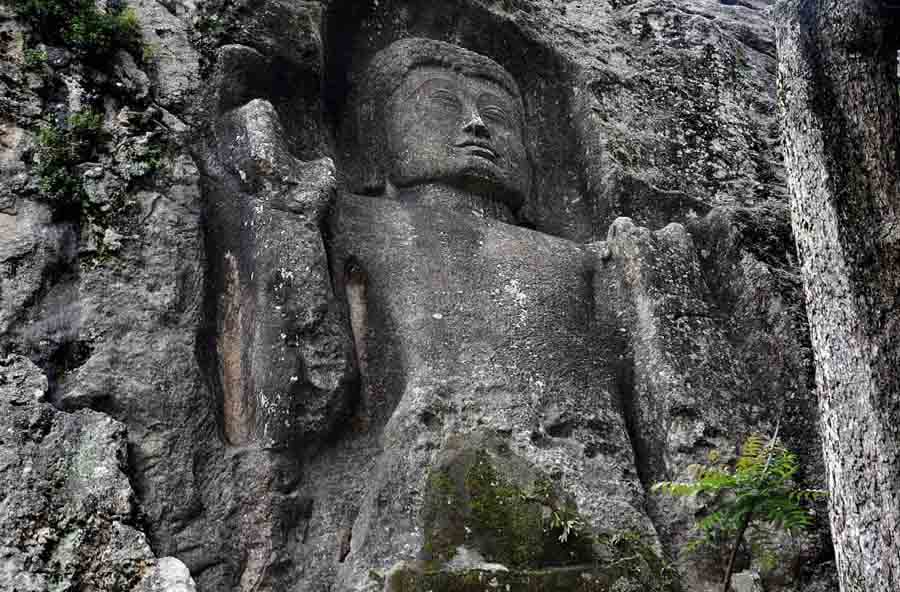
Dhowa Rock Temple, or Dhowa Raja Maha Viharaya, is a fascinating Buddhist temple nestled in the scenic hills of Ella, Sri Lanka. This ancient site offers a unique blend of natural beauty and historical significance, making it a must-visit attraction for foreign travelers seeking off-the-beaten-path experiences. . A Brief History of Dhowa Rock Temple The […]
Casuarina Beach: A Hidden Gem in Jaffna, Sri Lanka
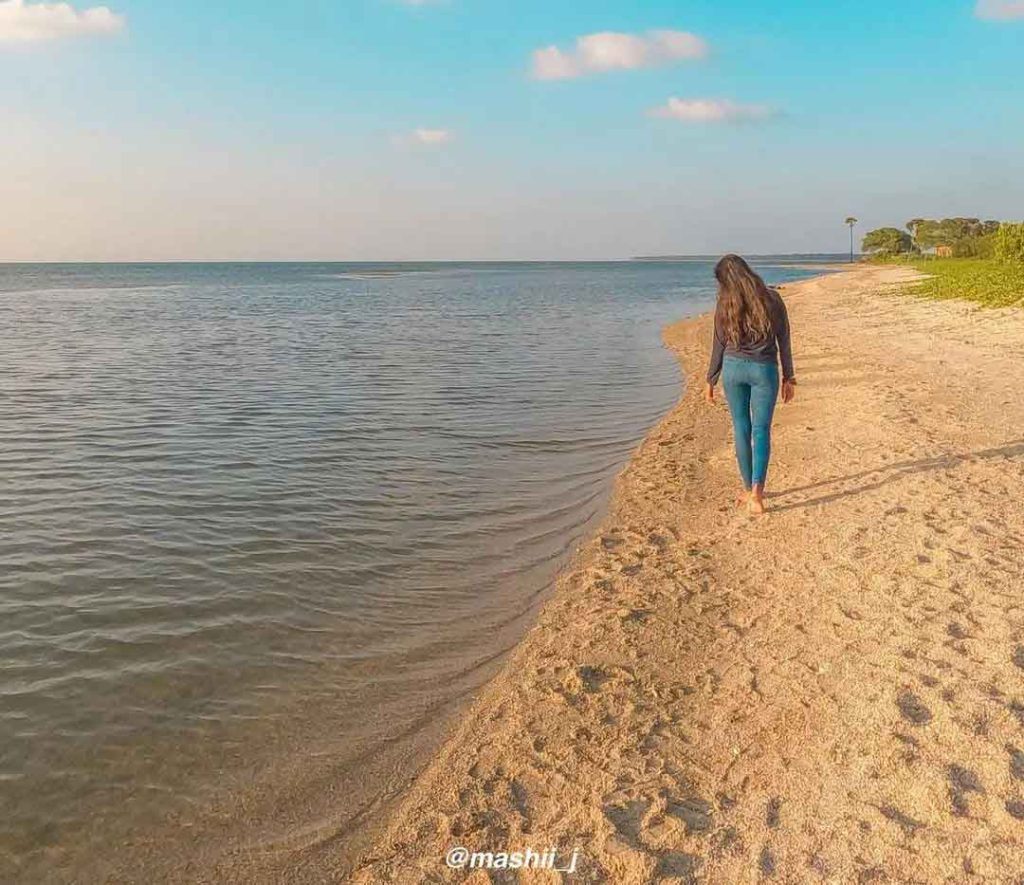
Casuarina Beach is a pristine paradise nestled in the northernmost part of the Jaffna peninsula, Sri Lanka. This secluded beach, named after the rows of Casuarina trees that line its shores, offers a unique blend of natural beauty and tranquility, making it a must-visit destination for travelers seeking a peaceful escape. . A Serene Paradise: […]
Kabalana Beach: A Surfer’s Paradise in Ahangama, Sri Lanka
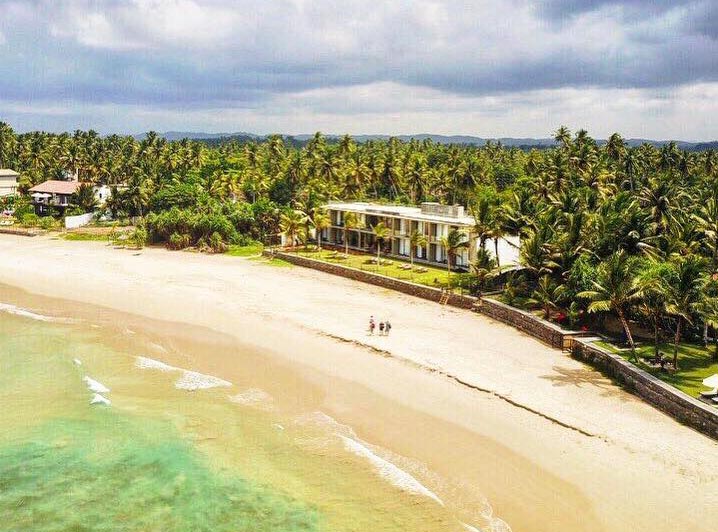
Kabalana Beach, a pristine stretch of golden sand, is a hidden gem nestled in the vibrant town of Ahangama, Sri Lanka. Renowned for its consistent waves, laid-back atmosphere, and stunning natural beauty, has become a sought-after destination for surfers and beach lovers alike. . Where is Kabalana Beach Located? Kabalana Beach is situated on the […]
